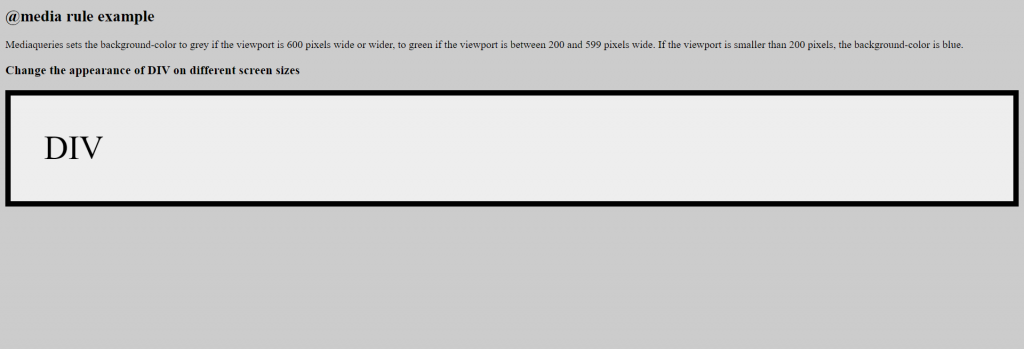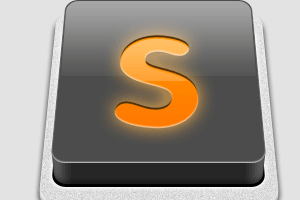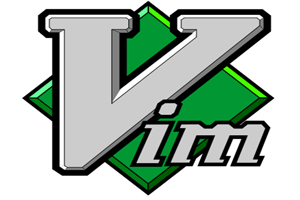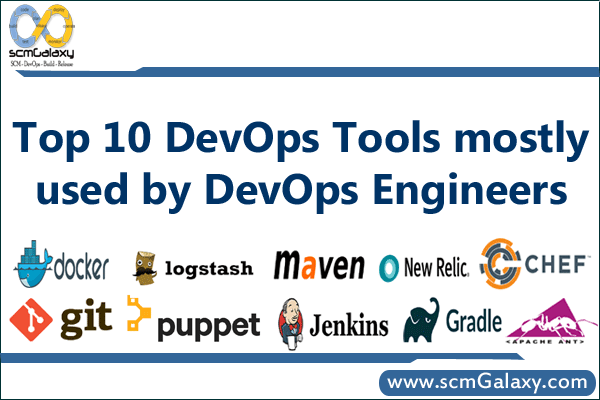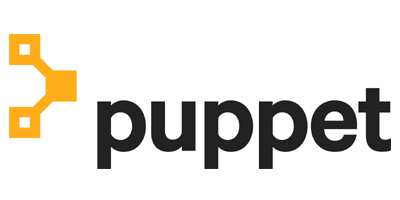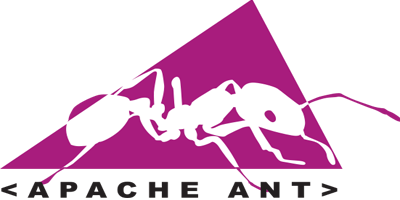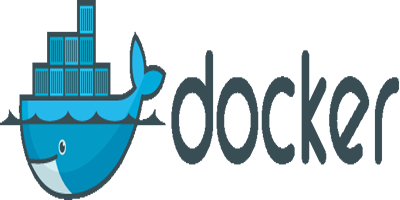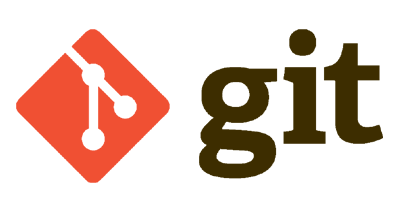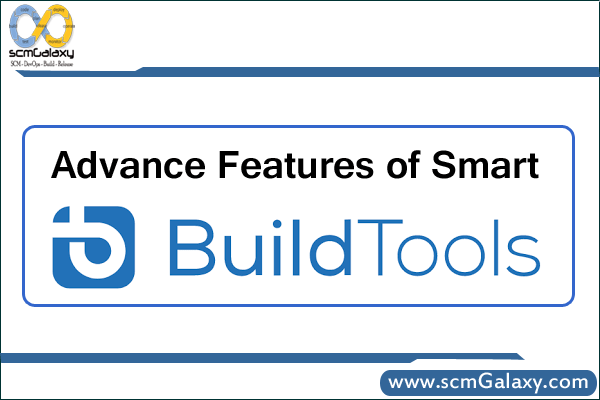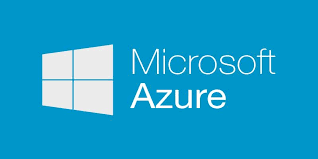
It is a DevOps platform by Microsoft also Azure DevOps is a software program by Microsoft which delivers endwise DevOps tool series for developing and deploying software. It is also integrated with the greatest primary tools in the arcade and is a decent option for organizing a DevOps toolchain.
Features of Azure DevOps
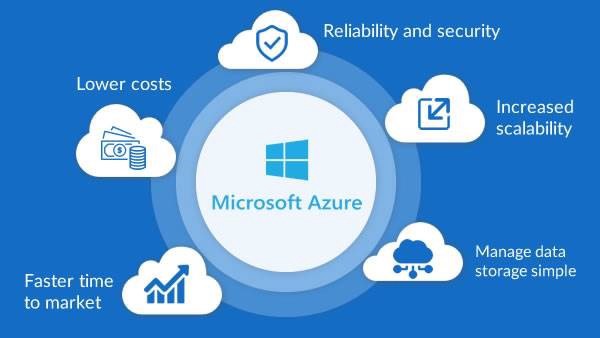
Azure DevOps provides a variety of facilities covering the complete development life-cycle. On the period of inscription these are features:
- Azure Boards: agile planning, work item tracking, visualisation and reporting tool.
- Azure Pipelines: a language, platform and cloud agnostic CI/CD platform with support for containers or Kubernetes.
- Azure Repos: provides cloud-hosted private git repos.
- Azure Artifacts: provides integrated package management with support for Maven, npm, Python and NuGet package feeds from public or private sources.
- Azure Test Plans: provides an integrated planned and exploratory testing solution.
- Azure DevOps can also be used to orchestrate third-party tools.
When was Azure DevOps First launched in the market?
Even though being launched in October 2018, Azure DevOps is not the fresh kid on the DevOps block. Its extraction can be found all the way back to Visual Studio Team System which was launched in 2006. This is a developed product with a gorgeous feature-set that has above 80,000 internal operators at Microsoft.
What are the benefits of azure DevOps?
- Reliability: software as a service offering, Azure DevOps is trustworthy, ascendable and worldwide available. It is also supported by an SLA of 99.9% uptime and by 24×7 care.
- Access to the latest features: Azure DevOps operators get permission of access to new features every 3 weeks. Microsoft is apparent, have available the product roadmap and are dedicated to speedily iterating on the feature-set.
- End of the upgrade cycle: For groups running on-premises CI/CD tooling, improvements are a consistent headache. By moving to a SaaS model, you no longer need to concern about fixing and improvement the tool chain.
What Is Uses of Azure DevOps
Azure DevOps delivers combined features that you can access through your web browser or IDE client. You can use one or more of the following individual services according to your business needs:
Azure Repos Offers Team Foundation Version Control (TFVC) or offers Git repositories for source control of your code.
Azure Pipelines offers to build and release facilities to support uninterrupted integration and delivery of your applications.
Azure Boards delivers a suite of agile tools to support planning and tracking work, code defects, and issues using Kanban and Scrum methods.
Azure Test Plans provides several tools to test your apps, including manual/exploratory testing and continuous testing.
Azure Artifacts Permits teams to share packages such as Maven, npm, NuGet, and more from public and private sources and integrate package sharing into your pipelines
You can also use the following collaboration tools:
Customizable team dashboards with configurable widgets to share information, progress, and trends
Built-in wikis for sharing information
Configurable notifications
Azure DevOps supports adding extensions and integrating with other popular services, such as Campfire, Slack, Trello, UserVoice, and more, and developing your own custom extensions.
Azure DevOps Services supports integration with GitHub.com and GitHub Enterprise Server repositories. Azure DevOps Server supports integration with GitHub Enterprise Server repositories.
Conclusion
Azure DevOps is a type of DevOps culture powered by Microsoft. It is the second most used and ranked DevOps program after AWS. It does provide you reliability; the latest features; options for upgrade cycle etc. Our ScmGalaxy does also provide Microsoft azure courses with the best of experienced trainers. For Azure, training, and certification you can visit our website DevOpsSchool. We provide all types of training and certification courses regarding DevOps and Microsoft.






